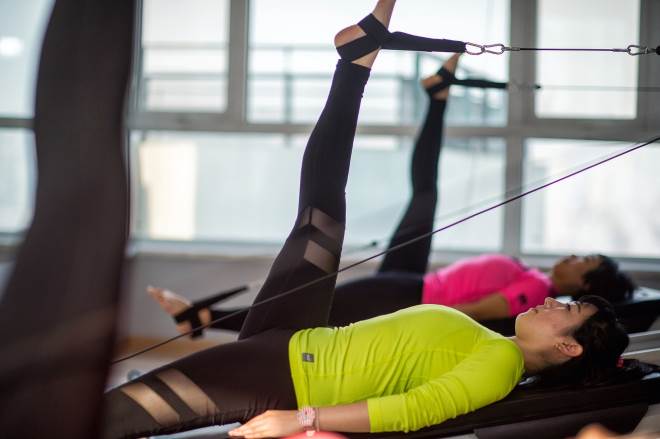Stretching protocols to reduce inflammation and improve circulation
Structured stretching can be a practical component of a broader wellness plan that targets inflammation and improves blood flow. By combining mobility-focused routines with proper hydration, nutrition, and recovery strategies, individuals may support circulation and tissue repair while also enhancing flexibility and posture over time.

Structured stretching protocols can influence local blood flow, lymphatic movement, and nervous system tone in ways that support reduced inflammation and better circulation. Regular gentle stretches encourage capillary perfusion and may ease muscle tension that restricts vascular pathways. When integrated into balanced exercise and recovery routines, stretching becomes one approachable tool within a broader wellness strategy that includes nutrition, hydration, sleep, and strength work.
This article is for informational purposes only and should not be considered medical advice. Please consult a qualified healthcare professional for personalized guidance and treatment.
How does stretching improve circulation?
Stretching stimulates a mild increase in local blood flow by temporarily elongating muscle fibers and the connective tissues around them. Dynamic and active stretches that move joints through range of motion can promote venous return and help clear metabolic byproducts. Consistent stretching also supports microvascular health by encouraging movement of interstitial fluids and lymph, which can reduce localized swelling. For those with sedentary jobs, short stretch breaks interspersed with standing or light walking help maintain circulation throughout the day.
Which stretches boost mobility and flexibility?
Focusing on multi-joint movements and progressive range-of-motion exercises helps rebuild mobility while improving flexibility. Examples include hip openers, thoracic twists, hamstring lengthening, and ankle mobility drills. Incorporate dynamic warm-up sequences before workouts and slower, longer holds post-exercise to address both neuromuscular control and connective tissue adaptation. Mobility improvements reduce compensatory movement patterns that can contribute to chronic strain and impaired circulation.
Can stretching reduce inflammation and aid recovery?
Stretching can support recovery by decreasing muscle tension and helping lymphatic drainage; this may indirectly reduce the feeling of stiffness and localized inflammation. Post-exercise gentle stretching combined with active recovery, such as low-impact cycling or walking, encourages nutrient delivery and metabolic waste removal. While stretching alone is not an anti-inflammatory treatment, when paired with adequate rest, sleep, and targeted recovery strategies it contributes to a reduced inflammatory environment and quicker return to activity.
How do nutrition and hydration support stretching?
Nutrition and hydration are foundational to tissue health and influence how effective stretching can be. Sufficient protein and micronutrients support tissue repair, while omega-3 fatty acids and certain antioxidants can modulate inflammation. Hydration maintains tissue viscosity and joint lubrication; dehydrated muscles may feel tighter and respond less to flexibility work. Supplements should be considered carefully and discussed with a clinician, and a balanced diet rich in whole foods supports both circulation and mobility.
How to combine stretching with exercise and strength?
Integrating stretching into an exercise plan means pairing mobility work with strength training and cardiovascular activity. Strength exercises improve muscular balance and posture, reducing strain that impedes circulation. Use dynamic stretching as part of your warm-up to prepare for exercise and perform targeted flexibility or PNF (proprioceptive neuromuscular facilitation) techniques after workouts to enhance range. Consistent, moderate-strength training supports vascular function and aids long-term recovery when combined with appropriate stretching routines.
How do posture, sleep, and skincare affect circulation?
Posture directly affects how blood and lymph travel through the body; prolonged forward head or rounded shoulder positions can compress vessels and restrict flow. Improving ergonomics and including corrective stretches can restore alignment. Quality sleep is essential for systemic repair and inflammatory control, so maintaining sleep hygiene supports circulation indirectly. Skincare practices that support tissue health, such as gentle massage or proper moisturization, may assist superficial circulation and comfort but should complement—not replace—movement-based strategies.
Conclusion
A consistent, well-rounded stretching protocol—blending dynamic warm-ups, targeted mobility drills, and slower post-exercise holds—can contribute to improved circulation and support recovery from inflammation when combined with good nutrition, hydration, sleep, and strength work. Stretching is one practical element of an integrated approach to wellness and should be adapted to individual needs, restrictions, and medical guidance.




